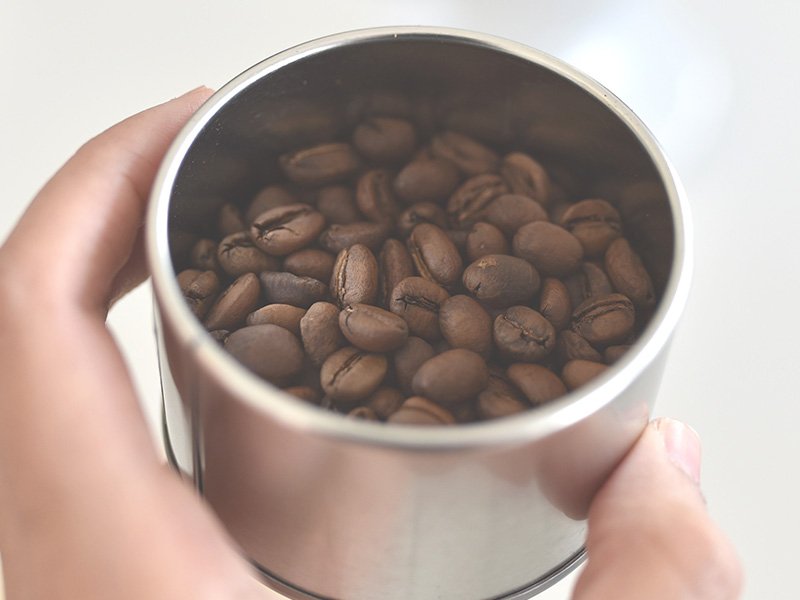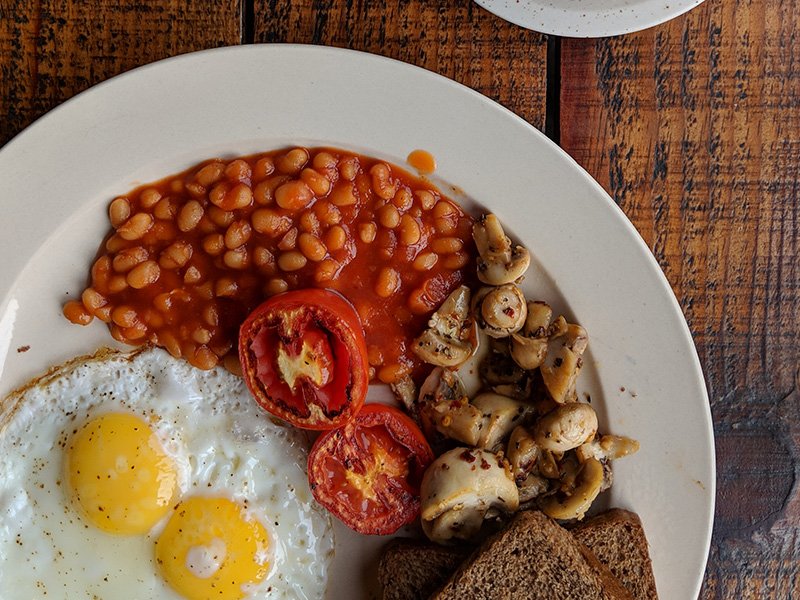Introduction to Refried Beans
Refried beans—the mere mention of this delicious dish instantly brings images of Mexican cuisine, vibrant flavors, and hearty meals to mind. But did you know that refried beans are not just a tasty accompaniment to your favorite tacos or burritos? These humble legumes pack a nutritional punch, offering various health benefits that might surprise you. In this blog post, we will explore refried beans nutrition and unveil their irresistible health benefits. Refried beans are a superfood hiding in plain sight, from their impressive fiber and protein content to their ability to lower cholesterol levels and provide essential vitamins and minerals.

Nutritional Value and Calories in Refried Beans
Refried beans are not only a delicious staple in Mexican cuisine, but they also offer a range of nutritional benefits. Let’s dive into Refried Beans Nutrition to understand why they deserve a spot on your plate.
Refried beans are packed with fiber, essential for maintaining a healthy digestive system. One cup of refried beans provides around 14 grams of dietary fiber – more than half the recommended daily intake! This high fiber content helps promote regular bowel movements and can prevent constipation.
In addition to being rich in fiber, refried beans are also an excellent source of plant-based protein. One cup contains approximately 15 grams of protein, making it an ideal option for vegetarians or those looking to reduce their meat consumption. Protein is crucial for cell repair and growth and is vital in various bodily functions.
When it comes to calories, refried beans are relatively low compared to other popular side dishes like mashed potatoes or rice. A serving size (about half a cup) typically contains around 120-150 calories. However, it’s important to note that this can vary depending on the brand or cooking method used.
In the realm of Refried Beans Nutrition, they emerge as a low-fat delight for heart health. Prepared without added oils or lard, refried beans feature minimal fat content, appealing to individuals conscious of their fat intake or committed to a heart-healthy diet. It’s crucial to highlight that specific store-bought options could exhibit higher fat levels due to the inclusion of ingredients like oil or bacon grease.
Health Benefits of Refried Beans
Understanding refried beans nutrition is crucial because they offer numerous health benefits. Let’s take a closer look at some of these benefits.
Rich in Fiber and Protein
Refried beans pack a powerful punch when it comes to fiber content. Just one cup contains around 15 grams of dietary fiber, over half the recommended daily intake for adults! This high fiber content helps to promote healthy digestion, prevent constipation, and keep you feeling fuller for longer.
In addition to being an excellent source of fiber, refried beans also provide a good amount of protein. Protein is essential for building and repairing tissues in the body, supporting immune function, and maintaining healthy skin.
Lowers Cholesterol Levels
Regular consumption of refried beans has been linked to lower levels of bad cholesterol (LDL) in the blood. This is due to their high soluble fiber content, which helps reduce cholesterol absorption from food into the bloodstream. By incorporating refried beans into your diet, you can lower your heart disease risk and improve overall cardiovascular health.

Good Source of Essential Vitamins and Minerals
Refried beans are rich in fiber and protein and packed with essential vitamins and minerals. They contain significant amounts of iron, magnesium, potassium, folate, and vitamin B6. These nutrients play crucial roles in various bodily functions such as energy production, nerve function regulation, red blood cell formation,
How to Incorporate Refried Beans into Your Diet
Incorporating refried beans into your diet is an easy and delicious way to add extra nutrition to your meals. Whether you’re looking for a side dish or the main course, there are plenty of creative ways to enjoy these flavorful legumes.
A straightforward way to incorporate refried beans is by using them as a filling for tacos, burritos, or enchiladas. Spread a generous amount on a tortilla and top it with your favorite veggies, cheese, and salsa for a satisfying meal packed with protein and fiber.
You can also use refried beans as a dip or spread. They make an excellent base for dips like seven-layer bean dip or just a standalone bean dip with some chips. You can also use them to spread sandwiches or wraps instead of mayo or mustard.
For those who love salads, try adding refried beans on top for an extra boost of protein and flavor. They work well in green and grain-based salads like quinoa or couscous.
Another great idea is to mix refried beans into soups and stews. Not only will they add thickness and richness to the broth, but they’ll also provide additional nutrients.
Remember breakfast! Refried beans can be used in omelets or scrambled eggs for added texture and taste. You can even spread them on toast with avocado slices for a Mexican-inspired twist on avocado toast.
With so many versatile options, incorporating refried beans into your diet has never been easier! Get creative in the kitchen and discover new ways to enjoy the irresistible health benefits of these nutritious legumes.
Delicious and Healthy Refried Beans Recipes
Are you looking for tasty and nutritious ways to incorporate refried beans into your diet? Look no further! We’ve got you covered with these mouthwatering recipes that will leave you wanting more. A delicious refried beans nutrition recopies are given below.
1. Vegetarian Quesadillas: Spread a layer of refried beans onto a tortilla, top with cheese, diced vegetables like bell peppers and onions, and another tortilla. Cook on a skillet until the cheese is melted and the tortillas are golden brown. Serve with salsa or guacamole for an extra kick!
2. Bean Dip: Mix refried beans with salsa, Greek yogurt (or sour cream), and your favorite spices like cumin or chili powder. Heat it in the oven or microwave until warm, then serve with tortilla chips or vegetable sticks for a crowd-pleasing appetizer.
3. Mexican Stuffed Peppers: Cut off the tops of bell peppers and remove the seeds. Stuff them with a mixture of cooked quinoa, seasoned ground turkey (or beef), corn kernels, diced tomatoes, and refried beans. Bake in the oven until the peppers are tender, and enjoy this wholesome meal.
4. Tex-Mex Breakfast Burrito: Scramble eggs with sautéed onions, bell peppers, diced tomatoes, shredded cheese, and refried beans. Wrap everything in a warm flour tortilla to create a hearty breakfast burrito that will keep you entire all morning.
5. Vegan Black Bean Soup: In a pot, simmer black beans along with sautéed onions, garlic cloves, and vegetable broth until soft.
Add refried beans for an extra creamy touch.
Blend the soup until smooth and season with cumin, paprika, and lime juice.
Top with fresh cilantro and lemon we edges before serving this delicious soup option for guests who prefer a vegan lifestyle
These recipes not only showcase the versatility of refried beans but also provide a healthy dose of protein,
Potential Risks and Precautions
While refried beans nutrition offers numerous health benefits, it’s essential to be aware of potential risks and take necessary precautions. One concern is the high sodium content in some canned or packaged versions of refried beans. Excessive sodium intake can lead to increased blood pressure, which in turn increases the risk of heart disease.
To mitigate this risk, choose low-sodium varieties or make your refried beans from scratch using dried pinto beans. This way, you control the amount of salt added during cooking.
Another consideration is the presence of added fats such as lard or oil in traditional recipes. While these fats contribute to refried beans’ rich flavor and creamy texture, they also increase calorie and saturated fat content. As with any food high in saturated fat, moderation is key.
If you have digestive issues or are prone to flatulence, consuming large amounts of refried beans may cause discomfort due to their high fiber content. Start by gradually increasing your intake and ensure adequate hydration to support proper digestion.
It’s worth noting that individuals with specific dietary restrictions or medical conditions should consult with a healthcare professional before incorporating refried beans into their diet.
By being mindful about portion sizes, choosing healthier variations, and listening to your body’s needs, you can enjoy the nutritional benefits of refried beans while minimizing potential risks. So go ahead – whip up a delicious bowl today!
Conclusion: The Importance of Including Refried
Incorporating refried beans into your diet can benefit your overall health and well-being. With their rich nutritional profile, including high levels of fiber, protein, vitamins, and minerals, refried beans offer a delicious and versatile option to enhance the nutrients in your meals.
The fiber content in refried beans aids in digestion and promotes a healthy gut. It helps regulate blood sugar levels by slowing down the absorption of carbohydrates. Refried beans are an excellent choice for individuals with diabetes or those looking to maintain stable blood sugar levels.
The nutrition of fried beans also plays a significant role in managing cholesterol levels. Their soluble fiber binds to cholesterol molecules within the digestive system, preventing them from being absorbed into the bloodstream. Regularly consuming refried beans has been associated with lower LDL (bad) cholesterol levels and reduced risk of heart disease.
Moreover, these nutrient-packed legumes contain essential vitamins and minerals that support various bodily functions. They provide an abundant source of folate, magnesium, iron, potassium, and zinc- all vital for optimal health.



2 thoughts on “Refried Beans Nutrition: Unveiling the Irresistible Health Benefits”